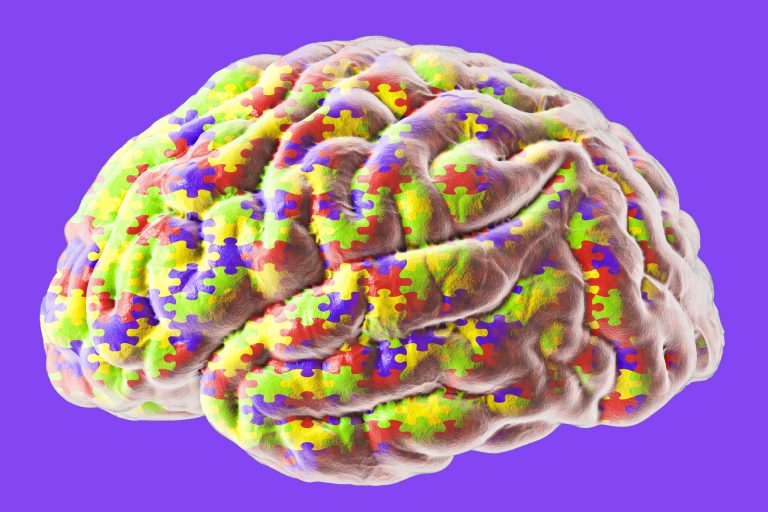
Scientists at Northwestern Medicine looking to understand the link between children with autism and epilepsy have identified a critical brain protein that quiets overactive brain cells and is at abnormally low levels in children with autism. The findings, reported in the journal Neuron, noted the protein can be detected in the cerebrospinal fluid, which makes it a promising marker to diagnose autism and potentially treat the epilepsy that accompanies the disorder.
“Although many neuronal membrane proteins undergo proteolytic cleavage, little is known about the biological significance of neuronal ectodomain shedding (ES),” the researchers wrote. “Here, we show that the neuronal sheddome is detectable in human cerebrospinal fluid (hCSF) and is enriched in neurodevelopmental disorder (NDD) risk factors. Among shed synaptic proteins is the ectodomain of CNTNAP2 (CNTNAP2-ecto), a prominent NDD risk factor.”
The researchers analyzed the cerebrospinal fluid in individuals with autism and epilepsy, and in mouse models. Previous studies have analyzed the cerebrospinal fluid from patients with Alzheimer’s and Parkinson’s diseases to help diagnose disease and measure response to treatment, but this study is the first to show the protein as a biomarker in autism.
“We can replace CNTNAP2,” said lead study author Peter Penzes, Ph.D., the director of the Center for Autism and Neurodevelopment at Northwestern University Feinberg School of Medicine. “We can make it in a test tube and should be able to inject it into children’s spinal fluid, which will go back into their brain.”
“Our data underscore the promise of sheddome analysis in discovering neurobiological mechanisms, provide insight into the biology of ES and its relationship with the CSF, and reveal a mechanism of regulation of Ca2+ homeostasis and neuronal network synchrony by a shed ectodomain,” concluded the researchers.










